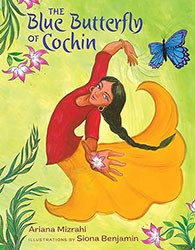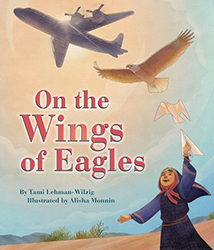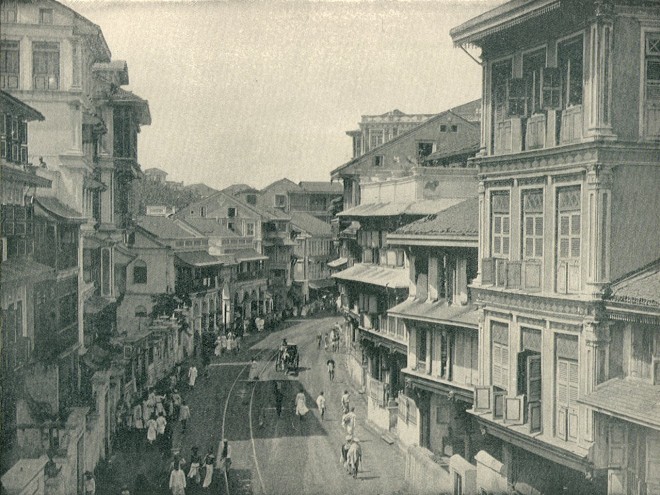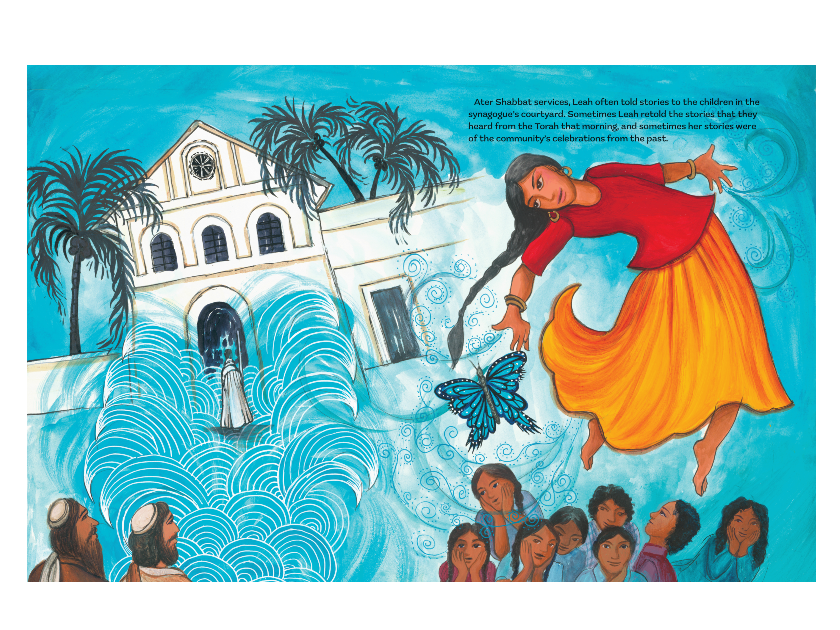
Illustration by Siona Benjamin
All images courtesy of the publisher
Our children’s book The Blue Butterfly of Cochin tells the story of the migration of the Cochin Jews to Israel in the 1950s through the eyes of Leah, a young girl in the community. Writing this book was about more than just storytelling. It was important to me to highlight a lesser-known piece of history and bring this meaningful Jewish narrative to children’s literature. And along the way I made some very personal connections.
I am an Argentinian and Hispanic Jew, and an educator who is deeply passionate about Jewish history and untold stories. In truth, my first manuscript wasn’t about Jewish history at all — it was about butterflies, including a blue one, and it was meant to help children explore racial differences, embrace diversity, and find common ground.
My focus shifted when Be’chol Lashon (an organization that raises awareness about the ethnic, racial, and cultural diversity of Jewish identity and experience) took me under its wing through its Leadership Fellowship program. Julian Voloj, the CEO, encouraged me to weave a Jewish theme into my work. That suggestion set me down a new path.
While researching Jewish communities around the world, I discovered the Jews of Cochin, India. Their history fascinated me. Dating back to the time of King Solomon, they lived in harmony with their neighbors in India for centuries. But what truly amazed me was their collective decision to make aliyah in the 1950s. They left everything behind and settled in the Negev.
This decision connected with me and my own family history in a very personal way. My grandparents had made aliyah to the Negev, and my mother was born in Mishmar HaNegev, just minutes from Moshav Nevatim, where the Cochini Jews had settled. At that moment, I knew — monumental migration was the story I had to tell.
I began imagining the journey through the eyes of a child. What would it feel like to leave behind everything familiar — your home, your traditions, your entire world — to start over in a new land? How do you hold on to your identity when everything around you is different?
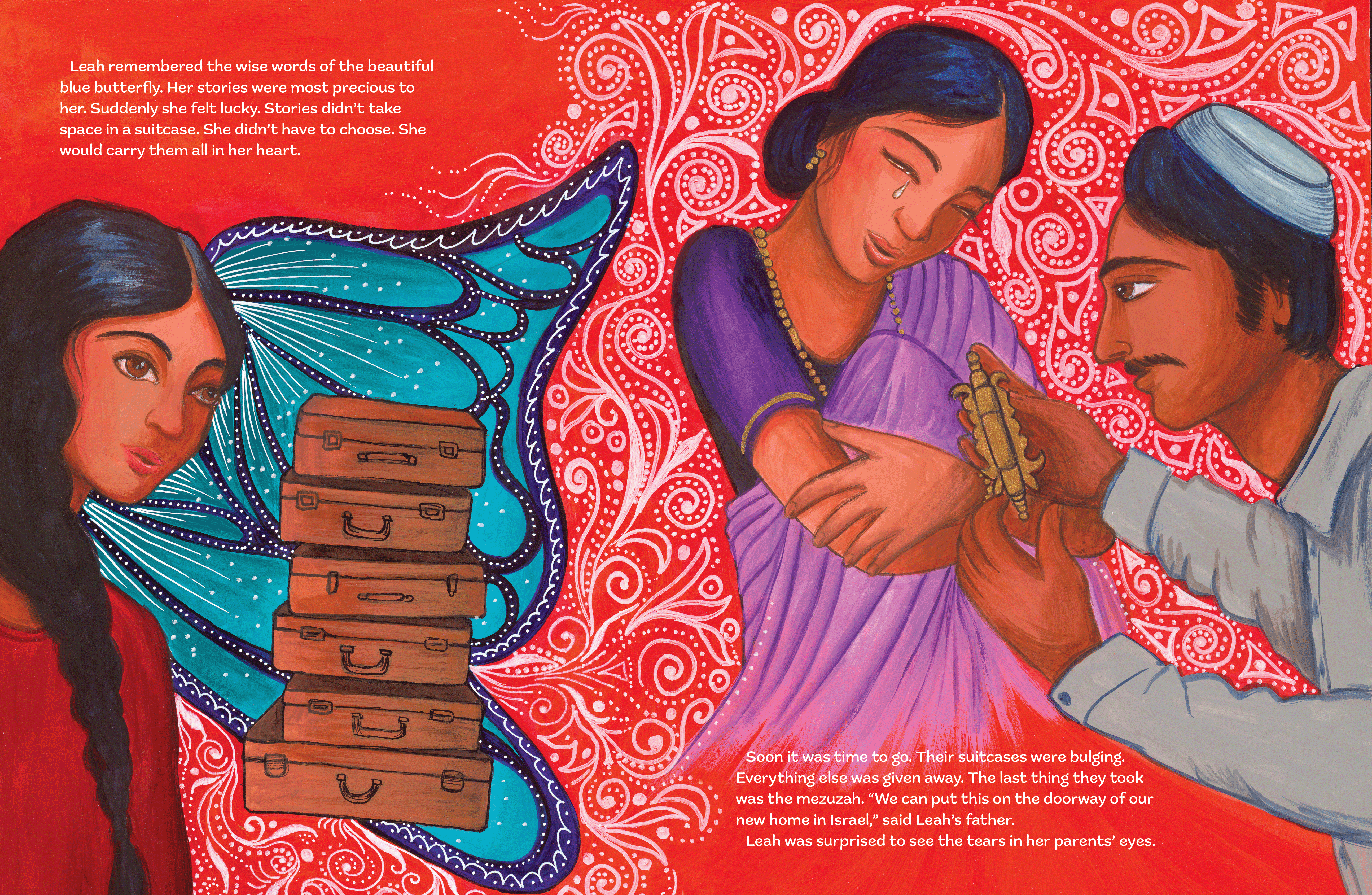
Illustration by Siona Benjamin
The blue butterfly became a symbol of transformation and yet also of continuity; the blue butterfly signifying change was the thread that connected past and present.
As I went about constructing this story, I conducted research and I had the opportunity to speak directly to members of the Cochin Jewish community. Hearing their stories, putting faces to this piece of history — it was surreal. I wasn’t just writing a children’s book anymore; in a way, we were teaming up to help preserve a piece of history.
I will be forever grateful to The Indian Jewish Heritage Center and the Cochin Jewish Heritage Center for their invaluable support. These organizations allowed me to infuse authenticity into the story by speaking with those who lived these experiences firsthand.
Our book launched in Israel at Mesilat Zion and the entire community came together to celebrate. Walking into a room filled with blue butterflies, the smell of Indian food in the air, and seeing a representative from the Indian embassy in Israel — it was nothing short of magical. Seeing the faces of all those who had collaborated to help the book become a reality was incredibly moving for me.
I had the honor of sharing this moment with The Blue Butterfly of Cochin’s illustrator, Siona Benjamin. We both had a chance to present: Siona spoke about her experience illustrating the book and integrating her own personal history as a Jew and a member of the Bene Israel community, brought up in a Hindu and Muslim India and now living in New Jersey. I spoke about my journey of writing it. It was an unforgettable experience to stand together, each of us telling a different part of the same story, seeing how art and words combined to bring this history to life.
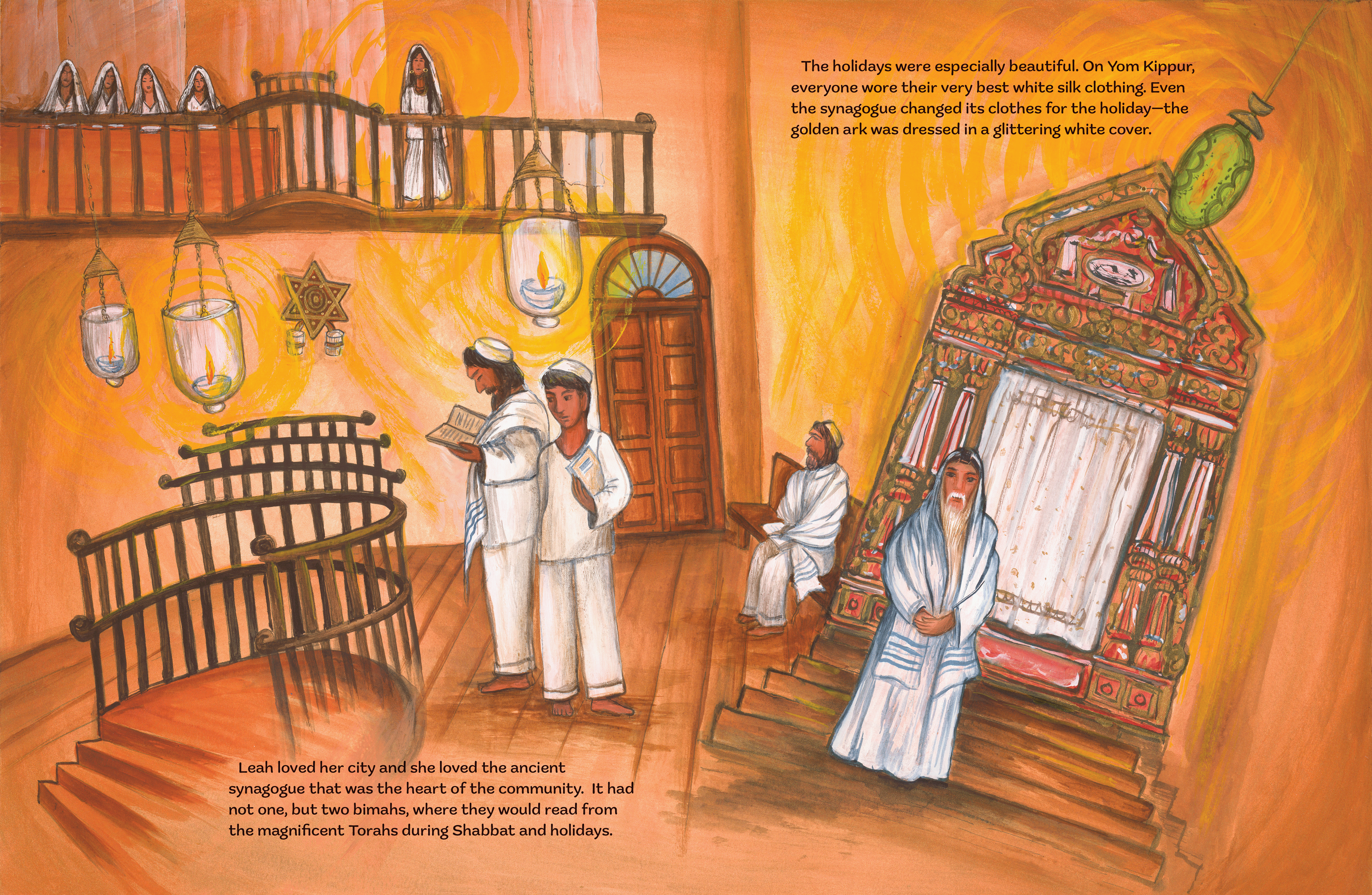
Illustration by Siona Benjamin
The Blue Butterfly of Cochin is a story about home. About holding onto who you are, no matter where life takes you. It’s about connection and reconnection. About the beauty of being two things at once — Indian and Jewish, old and new, rooted and transformed.
While working on the book, my publisher, Lili Rosenstreich, and I discovered something remarkable. The blue pansy butterfly — just like the one in the story — lives in both Israel and India. It is a species known for traveling long distances. That realization added another layer of magic. It meant that the butterfly in the story could be the same one following Leah on her journey, or perhaps simply another blue butterfly waiting for her in Israel — a symbol of home, continuity, and identity.
Magic is an undeniable component of the book, even in connection to the name of the main character — Leah. Leah was the name of my grandmother, also known as Chola Rabenbach. My grandmother was the storyteller of my childhood, the one who, together with my grandfather, Natalio, inspired my connection to Israel. They carried such pride and joy for Israel, such hope for the future, and such deep respect for the past they helped build. I wanted to name my main character Leah in her honor.
But I wouldn’t do so unless the name truly belonged to this special Cochini community. I reached out to one of its members,Tirza Lavi, who, to my amazement, told me that her own mother’s name was Leah. With that confirmation, it was set. We had found the perfect name.
Writing The Blue Butterfly of Cochin reinforced something I have always believed: stories are bridges. They connect us across time, place, and culture. They remind us of where we come from and help us make sense of where we’re going. For me, this book was about honoring an important legacy and sharing a story that deserves to be heard. I hope it inspires young readers to explore their own heritage, celebrate diversity, and carry forward the stories of the past with curiosity, pride, and love.
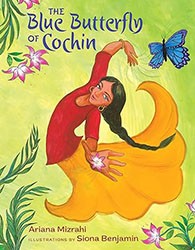
The Blue Butterfly of Cochin by Ariana Mizrahi and illusrated by Siona Benjamin
Ariana Mizrahi is a writer, teacher, director, and doctorate candidate in education leadership and innovation at The Azrieli Graduate School of Jewish Education and Administration at Yeshiva University in New York City. Originally from Buenos Aires, Argentina, Ariana enjoys reflecting on her diverse background as a proud Hispanic Jew. Ariana is also the Director of Hebrew Language Instruction at Yeshiva Har Torah in Little Neck, New York. Ariana lives in Brooklyn New York with her husband and three children.
